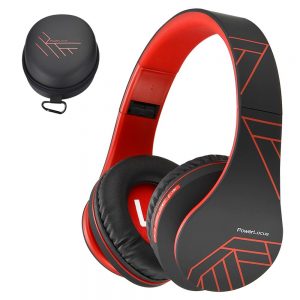
Good backpacking tents are nice to possess, but choosing which shelter is the best one for your tour is important. You may want a protection for an ultra light tour or a heavy-duty tent for a winter expedition. Knowing what to look for, such as construction materials, type of create, and durability is just a must. To understand which one of the numerous tents on the market is better for your requirements, keep reading.Three-season backpacking tents are considered the most effective option on the market. They’re lighter and scaled-down than four-season tents and also offer more room as well. These types of tents for camping trips during warmer months are great and are versatile for other items such as kayaking or bicycling trips. If you’re thinking of having a winter vacation and enjoying some snowy backpacking tours, then four-season backpacking tents are the ones you should have to buy. Browse the below mentioned site, if you are hunting for more information about photo booth sussex.
They’ve sturdy poles built to handle heavy snow and use thicker materials within their construction, this means added weight. Four-season tents will also be less compact, so purchase these only when you’ll be camping in the winter months.When trying to choose between the offerings of backpacking tents, take a close go through the weights of every one. Tent weights are referred to as minimal and packaged. Minimal weight means stripping the setup down seriously to the smallest amount you will need to set the tent up. Packaged weight means everything the tent includes from instructions to extra pegs and stuffing sacks. For lightweight backpacking, try to select a tent that has the lowest minimal weight while still covering all your needs for space.Minimalists and those into ultra light backpacking might want to consider opting for other shelters instead of backpacking tents. Bivy sacks and tarp shelters reduce weight by providing the minimal level of necessary equipment to set a housing up.Bivy sacks are big enough to put on a sleeping bag and pad. People who want lightweight gear and don’t mind sleeping in closed-in spaces could decide for a Bivy shelter. Tarp shelters could be larger shelters best for lightweight backpacking and camping trips.
By stringing up a couple of ropes and possibly accessorizing with a post or two, you will have a specific space for sleeping on your own camping trip.You won’t get some of the bells and whistles of fancier backpacking tents, but you’ll have good space and protection from the weather with no weight to carry.Choosing backpacking tents basically boils down to simply how much weight you intend to carry and how comfortable you will need to be. If you’re the type of person that isn’t thrilled about sleeping on a lawn in the first place, avoid tarp shelters and bivy sacks.Choose tents that offer the very best level of space at the lowest weight to hold, and leave the additional accessories at home.








